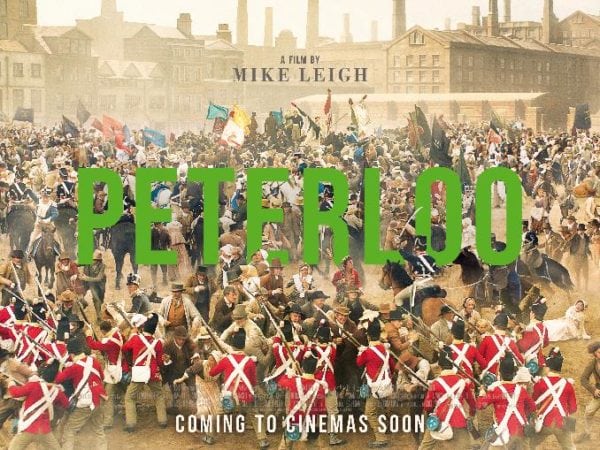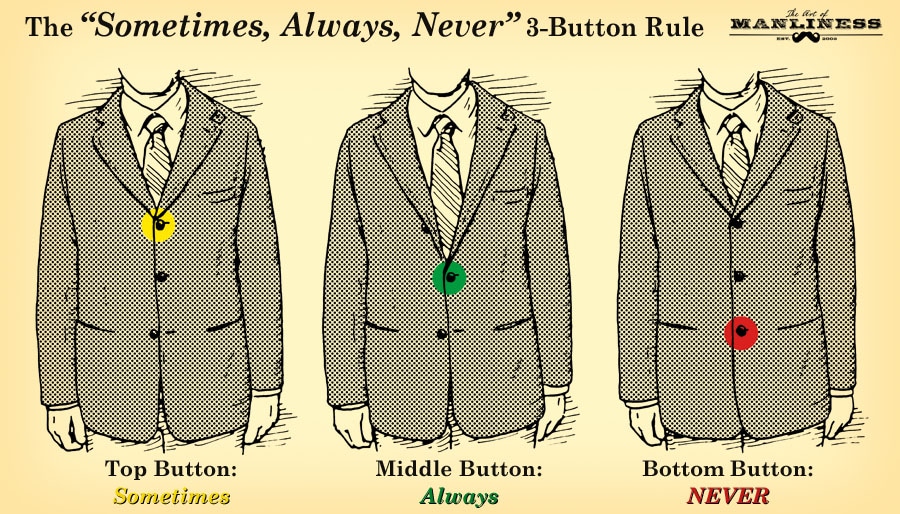Lincoln in the Bardo by George Saunders
(Bloomsbury), Pp. 343
Although George Saunders
is considered a champion of the American short story, this is his first novel.
It is daring in form and subject and it won the 2017 Booker Prize. The bardo of
the title is a transitional realm in Tibetan tradition where spirits mingle.
From here they will either ascend to Nirvana and escape human suffering, or
fall back through a series of increasingly wild and scary hallucinations until
they are born again into a new body. The Lincoln of the title is either
President Abraham or his son, Willie, who died of typhoid fever in 1862. The
boy is interred in a Georgetown cemetery and his distraught father visits the crypt
alone several times to hold his son’s body. From these slim facts Saunders
embroiders a story of fantastic hyperrealism dealing with grief and loss and
moments of bawdy humour.
The graveyard is
populated with characters from many different eras and circumstances with a
strong sense of Rabelaisian machismo; like Dantesque damned souls the spirits
manifest with hideous deformities that relate to their erstwhile lives. The spirits refuse to use the word ‘dead’ and
believe they are merely unwell or in a sick-box (coffin), fiercely resisting
the urge to move on.
Narrated through
multiple voices, the novel offers differing opinions
on the same thing. Some of the quotes are from characters in the bardo; others
come from books and newspapers and we cannot believe any of the accounts, no
matter how scholarly they appear with their references and footnotes. On the
night of a party in which Lincoln’s son became feverish, none of the
eyewitnesses can agree on the presence, size, shape or colour of the moon.
Similarly the colour of Lincoln’s eyes varies according to each description. These
differing viewpoints extend to his involvement in the war: is he “an idiot”, “weak
and vain”, a “tyrant” with speeches that “have fallen like a wet blanket”? Or
is he one of the greatest presidents the US has ever known? We see what we want
to see, and memory is unreliable. Saunders suggests that history is constantly reinterpreted,
and portents and patterns only appear retrospectively.
The voices
become a cacophony, bickering like characters in a Beckett play and retelling
old tales. Saunders had originally conceived these grave-bound scenes as a play
and they remain entirely rendered in speech as the narration is handed from
voice to voice. We are guided through this bardo by a Greek chorus with three main
narrators: Hans Vollman, a man who was about to finally consummate his marriage
when he was hit on the head and so has a large erection; Roger Bevins III, a
man who slit his wrists over his homosexual lover and then realised he had made
a mistake as he lay bleeding on the floor, and the Reverend Everly Thomas, a
man who managed to get to the Final Judgement but was sent to Hell and so ran
away back here as a sort of waiting room to try and work out what he done that
was so bad.
The young are
not meant to tarry here, and if they do they get subsumed by Gothic-style
creepers that bind them. Our heroes try and persuade Lincoln to let his boy go
so that he will not have to succumb to this fate. If the deceased has truly
gone to a better place, why do we grieve? We grieve for ourselves; not for the
departed, and the way we remember someone after their death is not necessarily
the way they really were in life. We are all in a constant state of flux from dreams
to wakefulness, from life to death, and perhaps beyond. Lincoln realises that
nothing is permanent.
Before people
leave the bardo they flicker through all their incarnations; the people they
have been but also the possibilities they have not been – their future-forms
they had never alas succeeded in attaining. Every time a person leaves, the
same sentence is repeated like a stanza an epic poem: “Then came the familiar,
yet always bone-chilling, firesound associated with the matterlightblooming
phenomenon.” Many resist this phenomenon and cling to the earth, but they
cannot leave the cemetery into which they are penned by a “dreaded iron fence” which
recalls something out of The Walking Dead.
What
is the future for these souls? Does a terrible judgement await us all? If there
is Fate or Destiny, how is anything our own fault? There is no question of
return, but there is a suggestion of progress. “Time runs only in one direction
and we are borne along by it, influenced precisely as we are to do just the
things that we do. And then are cruelly punished for it.” This bardo combines
many belief systems into one peculiar magical realism, and in the middle of it
all is an attempt to come to terms with death, grief and loss, and a man’s need
to mourn his son.































